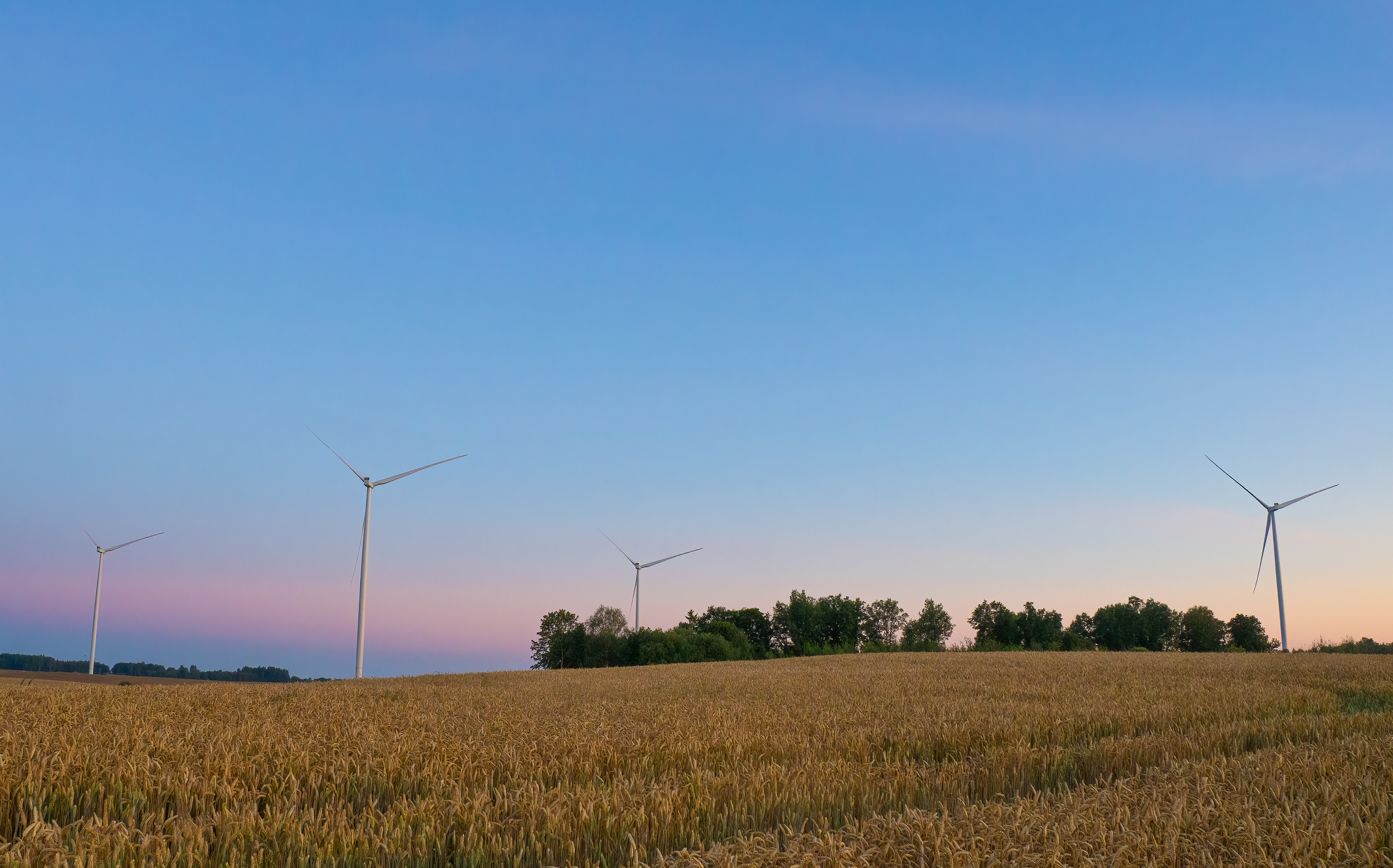How much electricity does the wind power plant actually produce?

« Lithuania has every opportunity to become a wind energy leader in the region. The rapid growth of wind power plants shows that renewable energy not only increases electricity production, but also strengthens the country’s economic and geopolitical security. Virginijus Jagela, Head of Wind Power Plant Operations Management Management, Ignite Renewables.
How Lithuanian electricity production changes
In recent years, the renewable energy sector has grown extremely rapidly, and wind power plants have become the most important engine of this growth. Compared to 2023 and 2024, the amount of electricity produced by wind power plants increased by 1.38 times, which is a significant change in a lower fossil dependence.
« The renewable power plants produced 35 % more electricity than in previous years in 2024. In this respect, Lithuania is out of this aspect of the region’s neighbors. Lithuania has the potential to become a wind energy leader in the Baltic region, ”said V. Jagela, an expert at Ignitis Renewables.
Lithuania has the potential to become the leader of the wind energy in the Baltic region.
One of the strongest growth forces in this sector is a consistent investment in new wind electric parks and innovative solutions to make more efficient use of this source of renewable energy. 513 megawatts (MW) new wind power plants per year. The total power of Lithuanian wind power plants is about 1,740 MW, ie almost three times more than in Latvia and Estonia.
It is planned that the amount of electricity produced by wind power plants in the coming years will grow even more, as large wind power parks are currently being built, one of which is the largest wind power park in the Baltic States, built in the Kelmė Ignitis Renewables.
In Kelmė Wind Power Park, the power of one wind power plants is up to 7 MW. These are the wind power plants built by the largest and most powerful companies. By acting at maximum capacity, one of the rotation of such an electric blade produces so much electricity that it is sufficient to provide one household electricity throughout the day. In other words, one wind power plant can provide electricity to 8 thousand. households. After completion of construction, the energy produced by Kelmė Park, 300 MW, will be able to provide as much as 250 thousand. Households in Lithuania, it is equivalent to the size of Kaunas County.
Investments in wind energy not only promote technological progress, but also create new jobs, strengthen the local economy and allow for greenhouse gas emissions. Photo by partner
It is important to note that electricity generation is more efficient and constant by wind at sea than the wind, as there are no obstacles to the open sea that can suppress wind flow. The wind power plants raised to a high height in the sea can exploit faster and more stable wind, the usual environment for such an environment. As a result, they can produce electricity as much as 90 percent. time – even when the shore is not windy. The 700 MW Curonian Nord wind power park could produce about 3 teravattrases (TWh) green electricity per year in the Baltic Sea in the Baltic Sea. Such quantities could ensure as much as about a quarter of the entire current Lithuanian electricity demand.
Wind energy is now more needed than ever before
Wind energy is not only clean but also strategically important for Lithuania for energy independence. In recent years, geopolitical challenges have shown that the more electricity we produce ourselves, the less dependent on external suppliers and price fluctuations. Wind power plants operate without fossil fuel, do not emit pollutants and reduce dependence on imported energy, which makes it a major local source of electricity production.
According to Litgrid, Lithuanian electricity transmission system operator, March 6, between 1 and 2 pm, when instant production of sun and wind power plants exceeded 1.4 Gigavat (GW), electricity prices were extremely low – at 1 p.m. They were 0.59 Eur/MWh and until 2 p.m. dropped up to 0.27 Eur/MWh. Such figures prove that the energy provided by renewable resources helps maintain competitive electricity prices.
Lithuania has exceptional conditions to expand wind energy both on land and in the Baltic Sea. In the coming years, wind energy development will only grow, ensuring more stable electricity prices and higher energy and economic security in the country.
Investments in wind energy not only promote technological progress, but also create new jobs, strengthen the local economy and allow for greenhouse gas emissions. In the long run, this will help Lithuania achieve climate neutrality and ensure a green and secure energy ecosystem for present and future generations.







